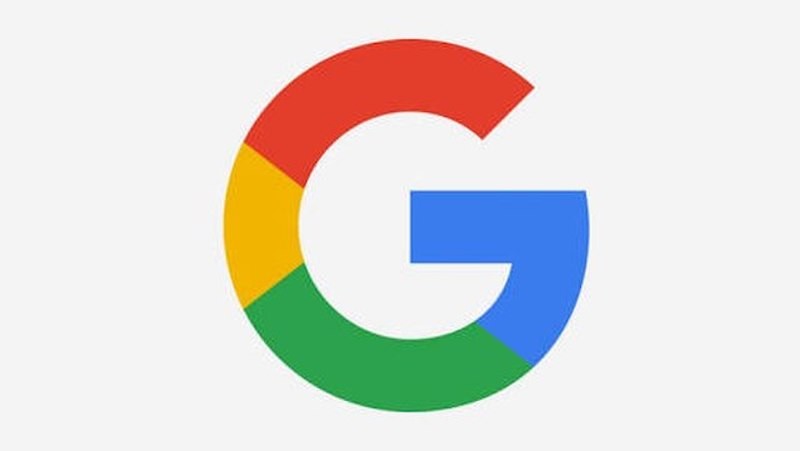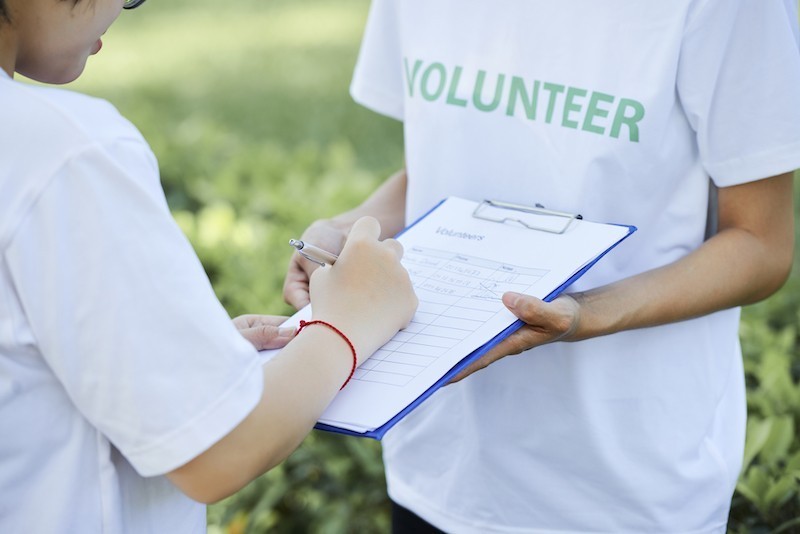Getting the word out about your nonprofit can be difficult with a limited marketing budget. When organizations find themselves struggling with this, they can take advantage of Google Ad Grants. In this article, we will address the benefits of Google Ad Grants, how they help nonprofit organizations, and more.
Table of Contents
What Are Google Ad Grants?
Google Ad Grants help nonprofits raise awareness of their cause, attract donors, and recruit volunteers. Google Ad Grants get your message out to people searching for a nonprofit like yours. Qualifying nonprofits can receive access to up to $10,000 per month.
How Are Google Grant Ads Different From Paid Ads?
Google Grant Ads and Paid Ads are both types of Google Ads. However, there are some differences and rules on how they can be used.
Budget
Google Ad Grants give nonprofits up to $10,000 per month for free Google Ads credit. You’ll never be asked for your credit card information, be billed, or risk overspending. Meanwhile, a paid ads budget is totally under your control, and there is no limit on how much you can spend to run an ad. You do have to provide your credit card before running Google Ads since you will be charged for it.
Types of Ads
Both Google Ad Grants and Google Ads can run text-based ads. Text-based ads consist of a headline, URL, and ad description. Headlines are the first thing people see, so they should be interesting and engage your audience right away. Adding a URL and a link to your landing page will help customers understand what your page is about. Finally, the ad description must include all the details related to your product or service. The description is a great place to include a call to action (CTA).
Besides running text-based ads, Google Ads also has the option to run display ads and video ads. Display and video ads tend to give you more brand awareness and conversions. A display ad is a paid ad and consists of text, video, images, and sometimes audio. These are similar to billboards. Ads on the Google Display network can reach 90% of users worldwide. A video ad uses video content to tell your story, set you apart from your competition, and drive your audience to action. Video ads are frequently played across social media platforms. Our attention spans are short; therefore, video ads should also be short. An optimal video ad length is about 15-30 seconds. It’s crucial to have an engaging, short, interesting video about your product, service, or brand. Tell your story and spark the interest of your customers.
Audience Targeting
Google Ad Grants can only target audiences by their location. But paid ads can also target based on interests, demographics, and website targeting. Because of this, paid ads are able to help you reach a more specific audience.
Google Search Competition
Google Grant Ads and paid ads don’t technically compete with one another. Google Ads will always be placed above a Google Grant Ad. A Google Grant Ad essentially gets the leftover space. This can cause your ads to get outranked.
Policies and Restrictions
Regular Google ads are only responsible for following Google’s basic advertising policies. Google Ad Grants are stricter. If the Grant recipient does not comply with these policies, they risk being suspended. The policies include keyword limitations, topic restrictions, and minimum monthly performance metrics.

Can I Use Google Grand Ads and Paid Ads Together?
Google Ad Grants work well for nonprofits. However, sometimes a nonprofit would like more advertising options. Rather than just running text ads, they want to be able to run banner or video ads as well. A nonprofit may decide they want to reach more than just those searching specifically for their group or cause. Also, since Google Grant Ads always appear below Google Ads, nonprofits may want the option to run a higher ranking ad via Google Ads using more targeted keywords. When this is the case, using both types of ads together is a great idea. They will complement each other very well, allowing you to reach even more people.
Getting Started with Google Ad Grants
First, you need to apply to Google for Nonprofits. Google must verify your eligibility as a nonprofit and you must hold a charity status in your country. Then you can activate Ad Grants. Once you’ve been verified, you can use the same email address to log in that you use for your Google for Nonprofits and Google Ads accounts.
Next, submit your organization for review by signing in to Google for Nonprofits. Click Activate products > Get started. Then fill out the forms under Google Ad Grants, click Activate, and wait for Google to review.
Finally, it is time to launch a successful Ad Grants campaign. After you’ve been approved by Google, you’ll be sent an email invitation to begin setting up your account. Now it’s official and you can begin setting up your first campaign.
Qualifying for Google for Nonprofits
Not every nonprofit can qualify for a Google Ad Grant. Ineligible entities include governmental institutions, schools or colleges, and hospitals. In order to qualify, your nonprofit must:
- Be a 501(c)(3) nonprofit organization in the United States, or hold similar status in one of the 50 countries that have been added so far.
- Have a high-quality website recognizable to Google.
- Have an SSL (Secure Sockets Layer) certificate, if you’re applying for the first time.
- Agree to the terms of service for Google for Nonprofits and Google Ads.

Tips for Google Ad Grants Success
There are many ways you can improve your Google Ad Grants success. As previously mentioned, keywords are part of what holds the key to your success. Look at positive keywords as well as negative keywords, which are words that allow you to eliminate people who aren’t looking for your organization. The more relevant and interesting your ad, the more likely people are to engage. The benefit of this is that you’ll have higher conversion rates and less wasted impressions.
Landing Page
Your landing pages must match what your ad is offering. Your landing page should drive people to your website. Make sure you’re optimizing your keywords and content. You want to send people to the best pages on your website based on what you promised them so that they will donate, volunteer, sign up for your newsletter, etc.
Calls-to-Action
Google Ads focuses on conversions. The goal is to drive high-quality traffic to your website as opposed to a high quantity of traffic. It is very important then to know which calls-to-action (CTAs) are going to drive the most traffic and lead to the most conversions. When someone comes to your website, are they donating, signing up, volunteering, etc? Essentially, are they following one or more of your CTAs?
Analysis of Results
Finally, make sure you are measuring and analyzing your advertising efforts. Google Analytics is a great way to do this. You can link your Google Ads account to Google Analytics and see which ad campaigns and keywords are performing the best. You can use this data to tailor your ads and target the right audience. As you evaluate your success, you can change your campaigns as needed over time.

Managing Google Ad Grants
Managing your Google Ad Grants is essential. This will help draw the right people to your cause and website. Here are five ways to manage your Google Ad Grants:
Start With Keyword Research
Keyword research is an essential part of managing Google Grants. Keywords are words or phrases someone enters into the Google search box. Before creating ads, you have to know what people are searching for. There are many keyword research tools available to help you. However, within Google Ad Grants you can access Google Keyword Planner for free.
You can create a list of words that are relevant to your nonprofit and go from there. Using tools like Google Keyword Planner will help hone in on what keywords are most searched, most competitive, and relevant.
Create Search-Focused Content
Next, you should focus on the content you’re creating. Use your keyword research to tailor your content to those keywords and searches. This will attract the right people to your website and cause.
Create Clear Calls-to-Action
A call-to-action tells the reader what to do next. As a nonprofit, a CTA might be “Donate Now” or “Volunteer Today.” Your CTA should be relevant to your organization.
This is also a great way to collect email addresses in exchange for a free resource or small gift. Let’s say you’re trying to reach out to families with young kids. In exchange for providing their email address, you give them a free downloadable packet with fun recipes, puzzles, coloring sheets, etc.

Set Up Conversion Tracking
Using your Google Ad Grant account or Google Analytics, you should be tracking every time someone completes your CTA. This could include providing an email address, making a purchase, or a donation. It’s important to track these actions so that you can optimize your website content to improve your website conversions.
Regular Optimization and Management
Your Google Ad Grants account should be frequently optimized. The account should be consistently tracked and managed. Optimizing your website on a weekly basis would be ideal; however, once a month would also suffice.
Google For Nonprofits
Google Ad Grants are very helpful strictly to nonprofits. However, Google Ad Grants and Google Ads are still both effective. One is not necessarily better than the other. They just have different purposes and can both be used by nonprofits. SEO Design Chicago can help you with all your Google Ads and digital advertising needs. We also offer other services such as SEO, content creation, analytics, and web design.
FAQ:
- What are Google Ad Grants?
- How are Google Ad Grants different from Google Ads?
- Why should nonprofits use Google Ad Grants?
- How do you qualify for a Google Ad Grant?
- How do you manage a Google Ad Grant account?


Contact Us Today!